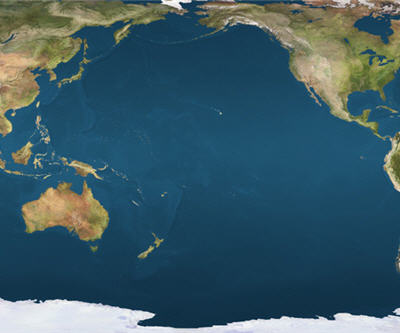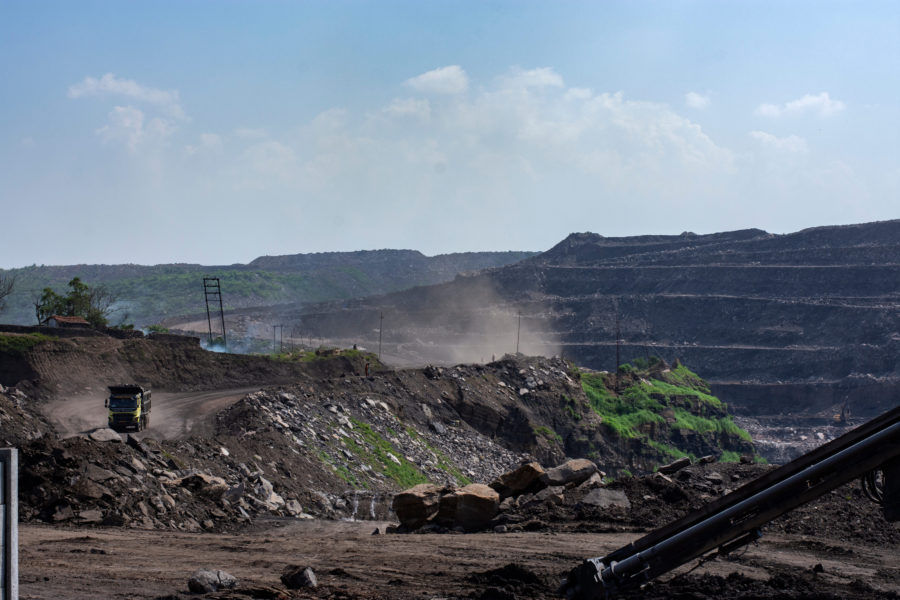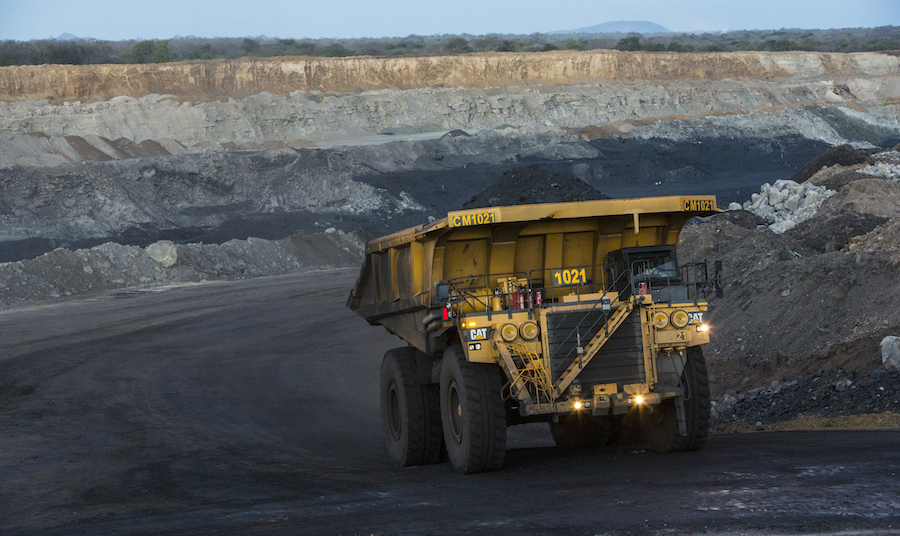Deep sea mud is rich in rare earth elements

A team of Japanese scientists have found large quantities of rare earth minerals on the bottom of the Pacific Ocean.
In a Nature Geoscience article published on Monday, the team said that it looked at 78 sites throughout the eastern South and central North Pacific ranging in depths of 3,500 to 6,000 metres.
“We estimate that an area of just one square kilometre, surrounding one of the sampling sites, could provide one-fifth of the current annual world consumption of these elements,” wrote Yasuhiro Kato, lead author of the study and an associate professor of earth science at the University of Tokyo.
Kato said that seafloor sediments have not been regarded as a potential resource for rare-earth elements, because data on the spatial distribution of these deposits are insufficient.
“Uptake of rare-earth elements and yttrium by mineral phases such as hydrothermal iron-oxyhydroxides and phillipsite seems to be responsible for their high concentration. We show that rare-earth elements and yttrium are readily recovered from the mud by simple acid leaching, and suggest that deep-sea mud constitutes a highly promising huge resource for these elements,” writes Kato.
Michael McCrae wrote this story. You can contact him at mmccrae@mining.com or on twitter at @michaelmccrae.
More News
{{ commodity.name }}
{{ post.title }}
{{ post.date }}



Comments